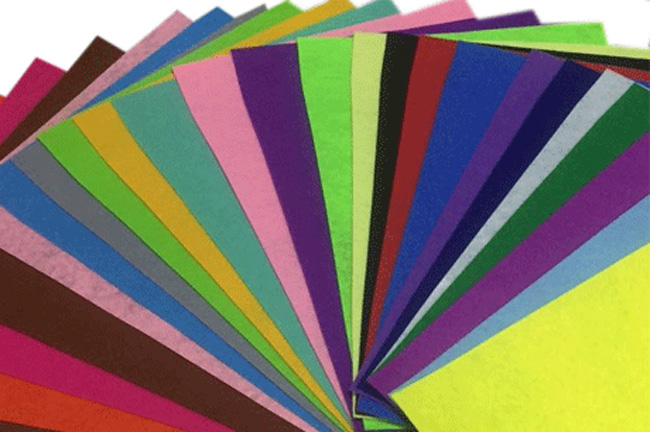Common fabric protagonists on seats are a variety of leather, perforated leather, and fabric staples. Today, we will briefly introduce you to two of the supporting fabrics on seats - felt and non-woven. These are two materials that are commonly used on our seats and are usually applied to invisible areas, such as the seat bottom bracket.
Felt production fiber is mainly polypropylene PP, polyester PET, PES three kinds of materials mixed.
Type: according to fiber, thickness, weight, color, and different points.
The main fibers for the production of non-woven fabric are polypropylene PP, polyester PET, as well as cotton PA, viscose fiber, acrylic, ethylene HDPE, nylon PVC, etc. The non-woven fabric material used in the protective surface is mainly composed of polypropylene + polyester + cotton.
Types: Non-woven fabrics are divided into two categories: disposable application type and durable type, and they are divided into two types when they are used on the protective surface: directly on the protective surface (more polypropylene) and when they are used on the tensioning strip and snap strip (more polyester, better strength).

Felt: Abrasion resistance, good tensile strength, elasticity, dustproof, soundproof, heat insulation, good oil performance. The disadvantage is easy pilling and rough surface.
Non-woven: lightweight, non-directional, similar transverse, and longitudinal strength, inexpensive. Durability, abrasion resistance, and tear strength are poor.
1. Raw Material Ratio: A product will have several raw materials mixed in a certain ratio.
2. Loosening: loading a certain weight of fiber into the inlet, roughly fluffing the fiber.
3. Fine opening: to further fluff the fibers.
4. Mixing: adjust the color to make the color uniform.
5.Combing: Comb the opened fibers to make them enter the wire laying machine more evenly.
6. Laying: Laying according to the requirements of gram weight. The higher the gram weight, the more layers are laid.
If you want to get more information about good quality felt, please contact us.
Previous: Why Choose Non-Woven Felt?